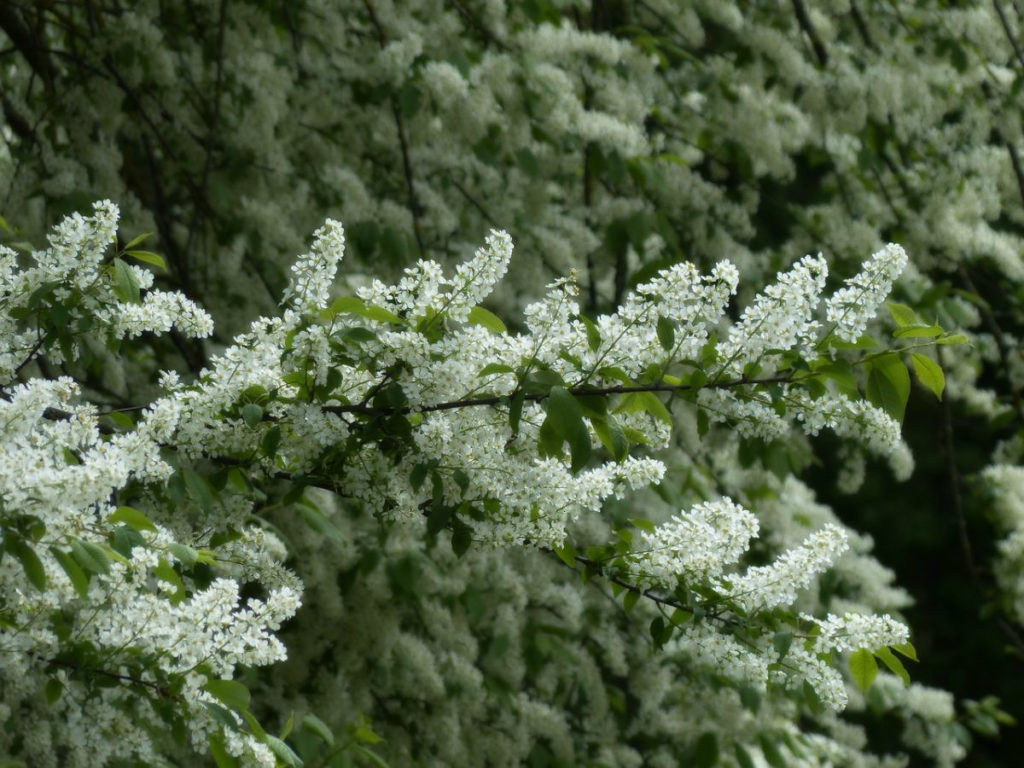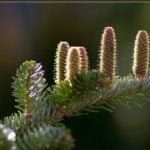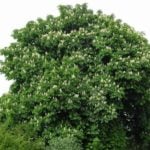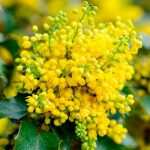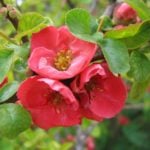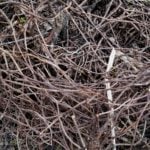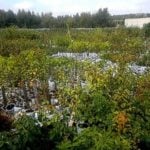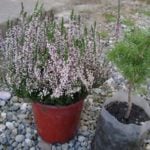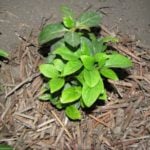Landing Prunus Padus
Prunus padus, by and large, unpretentious. I remember from my childhood that in our village Prunus padus grew up in the wild, and every year in may-early June all the trees without care and special soil fertility were strewn with flowers from top to bottom. However, many sources on the Internet write that you need to follow step by step recommendations for planting.
We Prunus padus grew without fertilizing and in the shade and bloomed so that the whiteness of its colors blinded eyes! But if you compare with the trees growing in the sun, our inferior in flowering, so choose for Prunus padus spacious Sunny place, plant a couple of trees, can be of different varieties, but to bloom together and could cross-pollinate. Distance between seedlings should be at least 5 m. Planting Prunus padus in spring and autumn.
It is better to choose a place with shallow water table no closer than 1.5 m. the slightly Acidic or neutral soil is loved Prunus padus. It grows on any soil, but loves loam.

Planting hole for the seedling dig such a size that it quietly fit roots. In the planting pit with a fertile layer of soil, make mineral and organic fertilizers according to the scheme on the package. Organic is better not to get involved, the excess of such fertilizers affects the bark. It darkens, thin branches can dry out.
After planting, water generously over mulch the sapling and the soil. For mulch suitable sawdust, peat, dry land, at worst. Several times during the growing season, water the plant. In the subsequent period, watering, if the summer is very hot.
After planting, cut the seedling to a height of about 50-60 cm.
Reproduction of Prunus Padus
If you want to preserve the primary characteristics and decorative plants, then multiply Prunus padus need vegetatively: root shoots, green or stiffened cuttings (but keep in mind that lignified cuttings worse survive during reproduction), vaccination.
But also Prunus padus can be propagated by seeds, in this case, the properties of the primary plant are not inherited in full. In this case, in September, you can sow seeds.
Caring for Prunus Padus
While the seedling is still small, it needs to loosen the soil, weed, produce forming and sanitary pruning. It is possible to form in the form of a tree with a trunk or in a free form in the form of a Bush, but for Prunus padus ordinary due to its high sizes the first option is better. Each year, trim the main shoot to 50-60 cm to form a lush crown.
Due to the fact that Prunus padus trees are quite high, they often thicken crown, you need to constantly thin it. I usually coat what I cut with white paint. But you can cover it with a garden brew.
Prunus maackii need stronger watering than Prunus padus. Make sure that the ground was loose and at least a little wet.
Types and varieties Prunus Padus
The genus Prunus padus belongs to the extensive family Rosaceae. Prunus padus has about 20 natural wild species scattered from Western Europe to America. Today we will talk about those species that are actively cultivated: Prunus padus, Prunus maackii, Prunus virginiana.
Padus racemosa
This is a tall tree (15-17 m) with dark, black-brown matte bark, beautiful fragrant inflorescences in the form of brushes, which are so loved by me and many gardeners.


Known shape Padus racemosa:
- f.pendula
- f.plena-small flowers are collected in the brush from 10 to 13 cm
- aucubaefolia
- roseiflora
- leucocarpa
Prunus maackii
The tree is about 13-15 m with Golden-sand bark in the light, and in the shade of greenish-olive color. The flowers of this species are small, white, small tassels collected in racemes. They practically do not have a smell, very weak. The fruits are bitter and inedible, unlike Prunus padus. Valued in the far East as a good honey plant. The tree of this species begins to bloom and bear fruit at the age of 7 years.

It is shade-tolerant, wind-hardy, urban conditions tolerate normal. It grows quickly, is not subject to diseases and pests.

Prunus virginiana
Prunus virginiana has a wide spreading crown, the bark is dark brown with small cracks. White small flowers, about 1.2 cm collected in small racemes. The fruits are red, eaten. With 7 years begins to bloom, by the end of summer ripen fruits. Self-seeding and root shoots are common for this species. It can be found in the form of a shrub about 7 m tall or in the form of a small tree.


